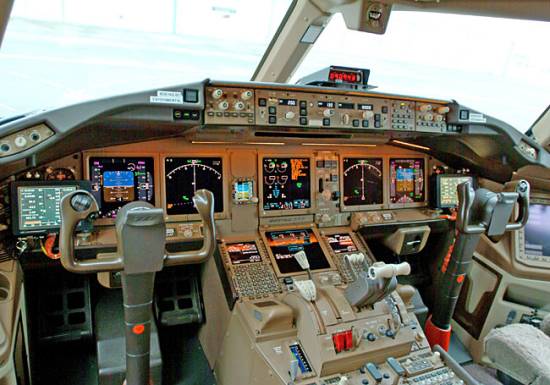barbos
Contributor
https://www.nytimes.com/2018/11/27/...tion=click&module=Top Stories&pgtype=Homepage
It did not take long (3 months) for a new and reportedly safer (!!!) plane to kill itself and its passengers. And the cause of disaster is this new safety feature. Long story short: Boeing added a system which prevents stalls but failed to mention it enough in the manual. In previous flight it malfunctioned but pilots were able to turn it off and land safely, then mechanics "fixed" it by replacing sensors which did not fix it, next flight pilots did not know about the system or how to turn it off and crashed. One can blame pilots for not familiarizing themselves with a new plane but how hard it is for a computer to realize that the pilots are not happy with what you (computer) are doing? They were fighting for 10 minutes, more than enough to have a conversation:
Computer: "What the fuck are you doing?"
Pilot: "No, what the fuck are YOU doing?!"
Computer: "Glad you asked, I am trying to prevent stall by putting nose down"
Pilot: "Stop doing it, we are not stalling"
Computer: Sensors say we are.
Pilot: Sensors are wrong, so stop fucking around,
Computer: OK, stopping.
I understand AirBus is particularly guilty of not taking pilots seriously and has had few crashes where pilots did not what and why was happening
And these air speed sensors are seriously faulty. One of the recent crashes happened because pilots forgot (!!!) to turn its heater on. Apparently it has to be done manually, I fail to understand why is that so. Also I don't understand why not to have more sensors and compare their readings and determine if there is a malfunction and then report it to the pilots? If I remember correctly french plane which crashed had 3 and was comparing their readings but it failed to make pilots aware of what happened, autopilot simply turned itself off without explaining why, pilots panicked and then stalled (ironically) the plane.
And more about these stupid airspeed sensors, there is a fucking GPS already, you can measure your absolute speed, then there are these acelerometers and gyroscopes which give you enough information to determine airspeed independently from these sensors.
It did not take long (3 months) for a new and reportedly safer (!!!) plane to kill itself and its passengers. And the cause of disaster is this new safety feature. Long story short: Boeing added a system which prevents stalls but failed to mention it enough in the manual. In previous flight it malfunctioned but pilots were able to turn it off and land safely, then mechanics "fixed" it by replacing sensors which did not fix it, next flight pilots did not know about the system or how to turn it off and crashed. One can blame pilots for not familiarizing themselves with a new plane but how hard it is for a computer to realize that the pilots are not happy with what you (computer) are doing? They were fighting for 10 minutes, more than enough to have a conversation:
Computer: "What the fuck are you doing?"
Pilot: "No, what the fuck are YOU doing?!"
Computer: "Glad you asked, I am trying to prevent stall by putting nose down"
Pilot: "Stop doing it, we are not stalling"
Computer: Sensors say we are.
Pilot: Sensors are wrong, so stop fucking around,
Computer: OK, stopping.
I understand AirBus is particularly guilty of not taking pilots seriously and has had few crashes where pilots did not what and why was happening
And these air speed sensors are seriously faulty. One of the recent crashes happened because pilots forgot (!!!) to turn its heater on. Apparently it has to be done manually, I fail to understand why is that so. Also I don't understand why not to have more sensors and compare their readings and determine if there is a malfunction and then report it to the pilots? If I remember correctly french plane which crashed had 3 and was comparing their readings but it failed to make pilots aware of what happened, autopilot simply turned itself off without explaining why, pilots panicked and then stalled (ironically) the plane.
And more about these stupid airspeed sensors, there is a fucking GPS already, you can measure your absolute speed, then there are these acelerometers and gyroscopes which give you enough information to determine airspeed independently from these sensors.
Last edited:

